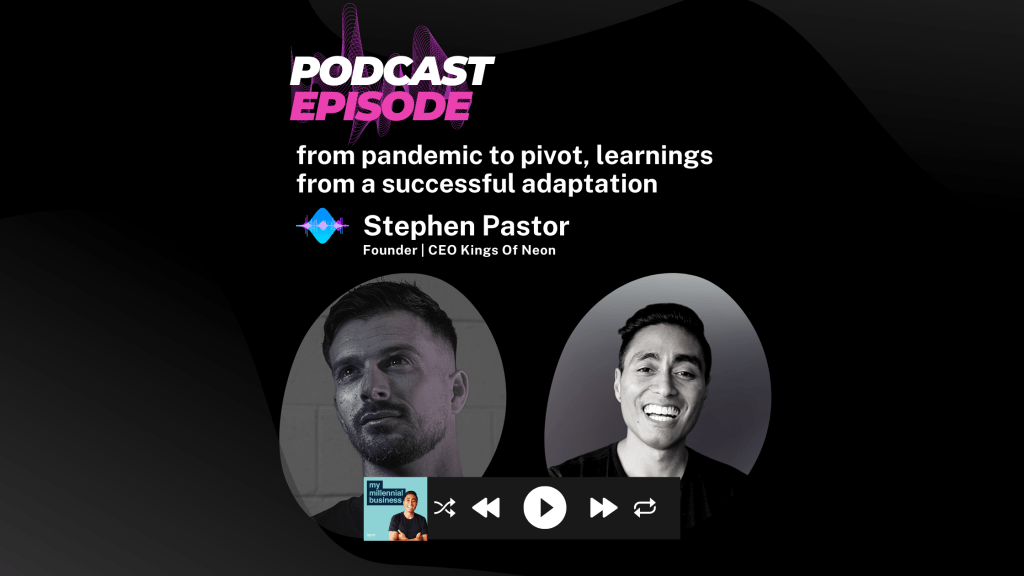Types of Consumers and their Demands for Sustainability
In a research report on 2020 consumers, IBM identified two types of consumers who make up the majority of the market, value-driven consumers (41%) and purpose driven consumers (40%). Value driven demand good value, convenience and products or services that simplify their life. Purpose-driven consumers want products and brands that align with their lifestyle and provide health and wellness benefits.
Value-Driven Consumers Versus Purpose-Driven Consumers
Value-driven consumers place moderate to moderately high importance on sustainability but have a moderate to moderately low willingness to change their habits to reduce their environmental impact.
Purpose-driven consumers place moderately high to highly importance on sustainability and have a moderately high willingness to change their habits to reduce their environmental impact.
Industries and their Consumer Types
Purpose-driven consumers make up the majority in the food and beverage/grocery sector with 44%, compared to value-driven consumers at 35%.
Purpose-driven consumers are equal to value-driven consumers in the personal care/beauty sector with 40% each.
Generations of Consumers and their Preferences
In IBM’s research, they found that there was a slight variance between consumers’ perceived importance of sustainability or environmental responsibility based on their age. The percentage of respondents that considered sustainability as very, extremely, or moderately important to them in each generation is as follows:
- Millennials = 79%
- Gen X = 77%
- Gen Z = 75%
- Boomers = 75%
Although there were minor differences between each generation, all four had a majority of respondents regarding sustainability as an important consideration.
The rise of the circular economy
With the growing consumer trend of sustainability has come the rise of the circular economy. An increasing number of consumers are demonstrating a willingness to either rent goods instead of purchasing or to purchase pre-owners, repaired or renewed products. For each generation, the percentage of respondents who showed a willingness to rent instead of purchase is:
- Millennials = 70%
- Gen Z = 69%
- Gen X = 57%
- Boomers = 41%
The percentage of respondents who showed a willingness to purchase pre-owned, repaired or renewed products from each generation is:
- Gen Z = 78%
- Millennials = 77%
- Gen X = 70%
- Boomers = 58%
The Unexpected Effect – Sustainable Supply Chains
With consumers’ preferences moving towards environmentally responsible goods and brands, businesses are increasingly looking for ways to reduce their carbon emissions and use of unsustainable materials. According to Mike Scott’s article in Forbes (2019), a company’s supply chain contains on average 5.5 times more greenhouse gases than the company itself. This is leading to companies turning to their suppliers to improve their sustainability. Important sustainable factors include suppliers’ emissions, water risks, and use of inputs that cause deforestation (e.g. palm oil, cattle, and soy). Whatever factors are considered, reporting and goal setting is key to meeting companies’ expectations as a sustainable supplier.
Getting Ahead of the Curve
If your business is part of another business’ supply chain
It’s likely your business will begin being pressured by the companies you supply to and be expected to make operational changes that minimise your waste, reduce carbon emissions and switch to more sustainable materials. That’s why it’s important to make changes now before you lose clients to more sustainable competitors or are put on tight deadlines to make rapid changes at a costly rate. Making changes early will give you a competitive advantage against other suppliers before it inevitably becomes the norm.
If your business supplies goods or services directly to consumers
IBM’s study has demonstrated that, although the market is made up of many different consumers, a demand for sustainability is consistent throughout different consumer-types, industries, and generations. Some consumers, however, value sustainability but are unwilling to change, so by making small environmentally sustainable changes to your business, you’re offering these value-driven consumers the opportunity to make a sustainable choice without much effort. You can read more about how to make these changes in our blog post 5 Easy Workplace Changes to Reduce Your Business’ Carbon Footprint – Shuttle Digital.
Whatever your business entails, improving your sustainability will strengthen your market offering and provide a competitive advantage that is appealing to your target customers.
View BMI’s full research report here: Meet the 2020 consumers driving change – Why brands must deliver on omnipresence, agility, and sustainability
View Scott’s (2019) Forbes article here: Companies Look To Supply Chains For Sustainability Gains











